Checklist for Helping Seniors Feel at Home and Energizing Staff with a Beautiful Workplace
Creating a home-like environment for seniors while energizing staff with a beautiful workplace is essential for enhancing the quality of life and work satisfaction in dementia care settings. Incorporating True Doors can play a significant role in achieving these goals by making the environment feel more personal and familiar.
The Checklist
1. Creating a Home-Like Environment for Residents
- Personalization:
- True Doors: Install True Doors to create a familiar and personalized touch so that residents feel more at home and have a sense of ownership over their space.
- Personal Belongings: Encourage residents to bring personal items such as photographs, keepsakes, and favorite furniture pieces. Display these items prominently in their rooms to create a familiar and comforting environment.
- Warm and Inviting Decor:
- Use warm colors and soft furnishings that create a cozy, home-like atmosphere. Avoid using institutional colors or sterile materials, which can feel cold and impersonal.
- Incorporate home-like elements such as artwork, decorative pillows, and throws. Use familiar objects and decorations that reflect the residents' preferences and cultural backgrounds.
- Comfortable Communal Spaces:
- Design living rooms, dining areas, and lounges to feel like home, with comfortable seating arranged in clusters to encourage conversation. Use a mix of single chairs, sofas, and armchairs to suit different preferences and promote relaxation.
- Include memory-triggering decor, such as vintage items or themed spaces, that resonate with residents’ past experiences and create a sense of familiarity.
- Flexible Routines:
- Allow residents to choose their daily routines, including when they wake up, eat, and participate in activities. This flexibility helps residents feel more in control of their lives and contributes to a home-like environment.
2. Energizing Staff with a Beautiful Workplace
- Aesthetic Appeal:
- Create a visually appealing work environment by using natural light, pleasant colors, and thoughtful decor. Incorporate elements like plants, artwork, and comfortable furniture to make staff areas inviting and relaxing.
- Design staff workspaces to be functional yet aesthetically pleasing, with organized storage, comfortable seating, and easy access to necessary tools and resources.
- Break Areas and Restorative Spaces:
- Provide comfortable and inviting break areas where staff can relax and recharge. These spaces should include comfortable seating, access to outdoor views, and amenities such as healthy snacks and beverages.
- Incorporate elements like soothing colors, soft lighting, and nature-inspired decor to create a calming atmosphere that helps staff unwind during breaks.
- Supportive Work Environment:
- Encourage a positive and supportive workplace culture by recognizing staff achievements and fostering a sense of community. Display staff recognition boards or team successes in communal areas to celebrate accomplishments and boost morale.
- Offer opportunities for professional growth and development, such as training sessions, workshops, and mentorship programs. This investment in staff helps them feel valued and motivated.
3. Fostering a Sense of Community for Residents and Staff
- Encourage Social Interaction:
- True Doors: By making rooms easily recognizable and unique, and hallways more street and neighborhood-like True Doors foster a sense of community as residents feel comfortable, and casual conversations are more likely to occur. This encourages social interaction and builds relationships among residents and staff.
- Organize regular social events such as tea parties, movie nights, or group activities that encourage residents and staff to interact and build connections. These events should be inclusive and provide opportunities for all to engage.
- Shared Spaces:
- Design communal areas that are comfortable and welcoming for both residents and staff. These spaces should be multifunctional, allowing for social gatherings, quiet relaxation, and group activities.
- Include flexible seating arrangements that can be easily reconfigured to accommodate different types of events and activities, promoting a sense of community and shared purpose.
- Family Involvement:
- Encourage family involvement in daily life and activities within the facility. Allow flexible visiting hours and invite families to participate in events, creating a more home-like atmosphere and strengthening bonds between residents, their families, and staff.
4. Incorporating True Doors for a Better Environment
- Enhancing Privacy and Security:
- True Doors help enhance privacy and security by clearly marking each resident's room with a distinctive appearance that reduces the likelihood of entering the wrong room. This personalization helps residents feel more secure in their space and promotes a sense of privacy.
- The familiar appearance of True Doors encourages staff and visitors to knock before entering, respecting the resident’s personal space and reinforcing the feeling of being in a private, home-like environment.
- Promoting Resident Independence:
- True Doors enable residents to navigate the facility more independently by providing easily recognizable landmarks. This autonomy contributes to a sense of dignity and self-worth, helping residents feel more at home.
5. Regular Feedback and Continuous Improvement
- Engage Residents and Staff:
- Regularly seek feedback from both residents and staff about the environment and any changes or improvements they would like to see. This engagement fosters a sense of ownership and ensures that the facility continues to meet the needs and preferences of everyone involved.
- Conduct regular meetings or surveys to gather input and suggestions, and act on this feedback to make meaningful improvements that enhance the home-like feel for residents and the work environment for staff.
- Adapt and Update:
- Continuously assess the effectiveness of design elements, True Doors, and social programs in making residents feel at home and energizing staff. Make necessary adjustments based on feedback and observations to keep the environment fresh, engaging, and supportive for all.
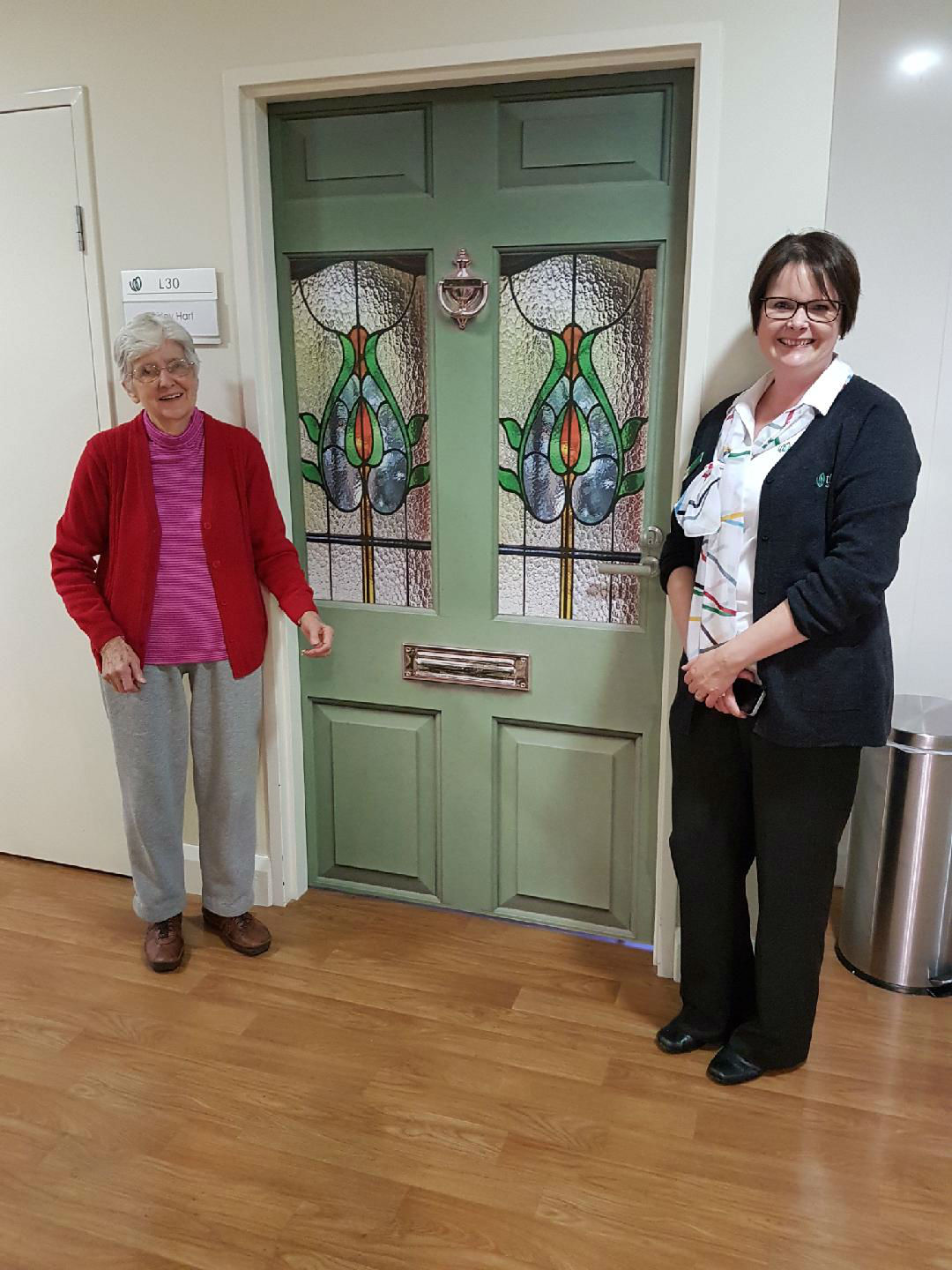
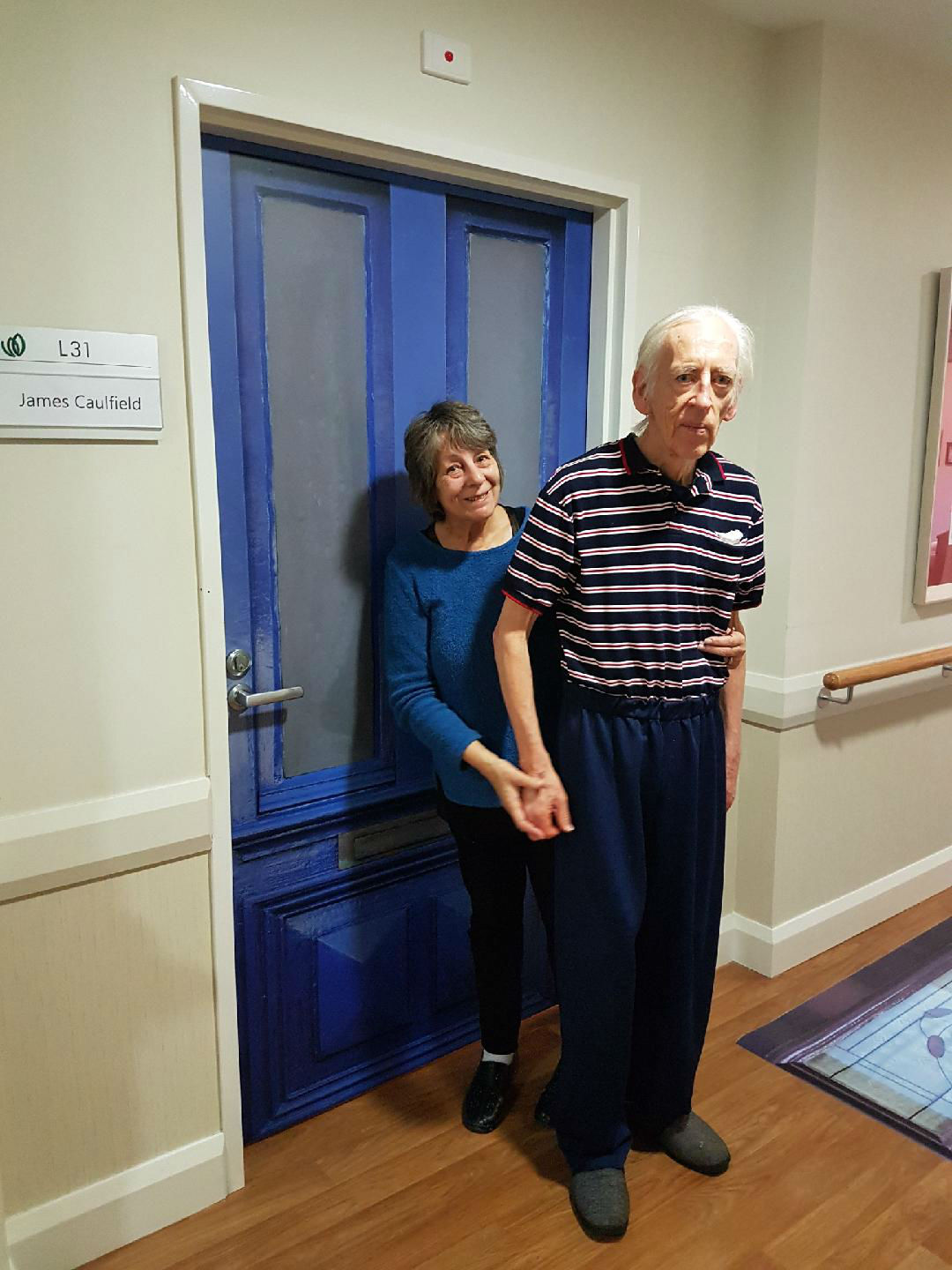
By following this checklist and incorporating True Doors, dementia care facilities can create an environment that feels like home for residents and provides a beautiful, energizing workplace for staff. This balance enhances the quality of life for residents and improves job satisfaction and morale among staff.
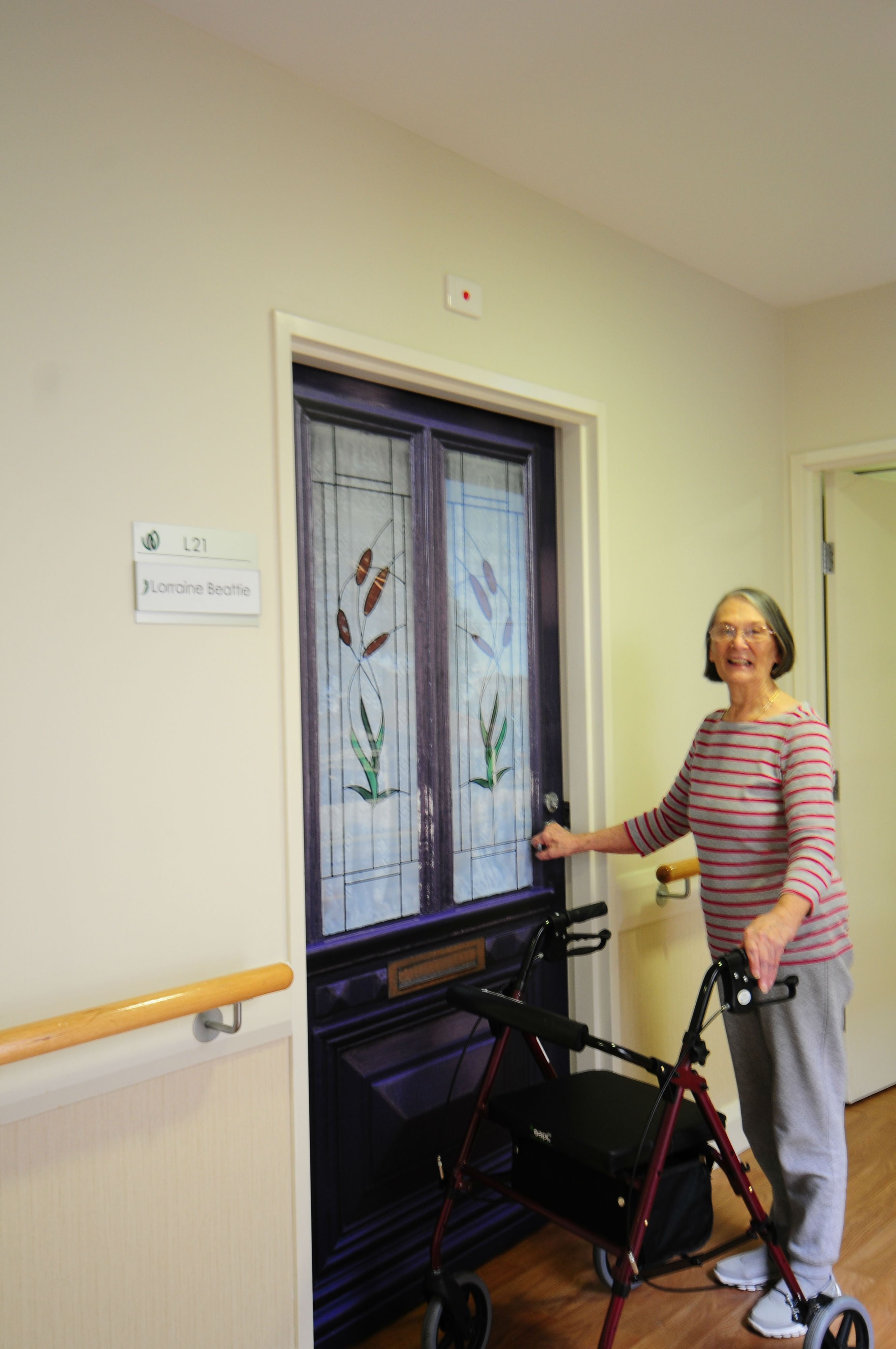
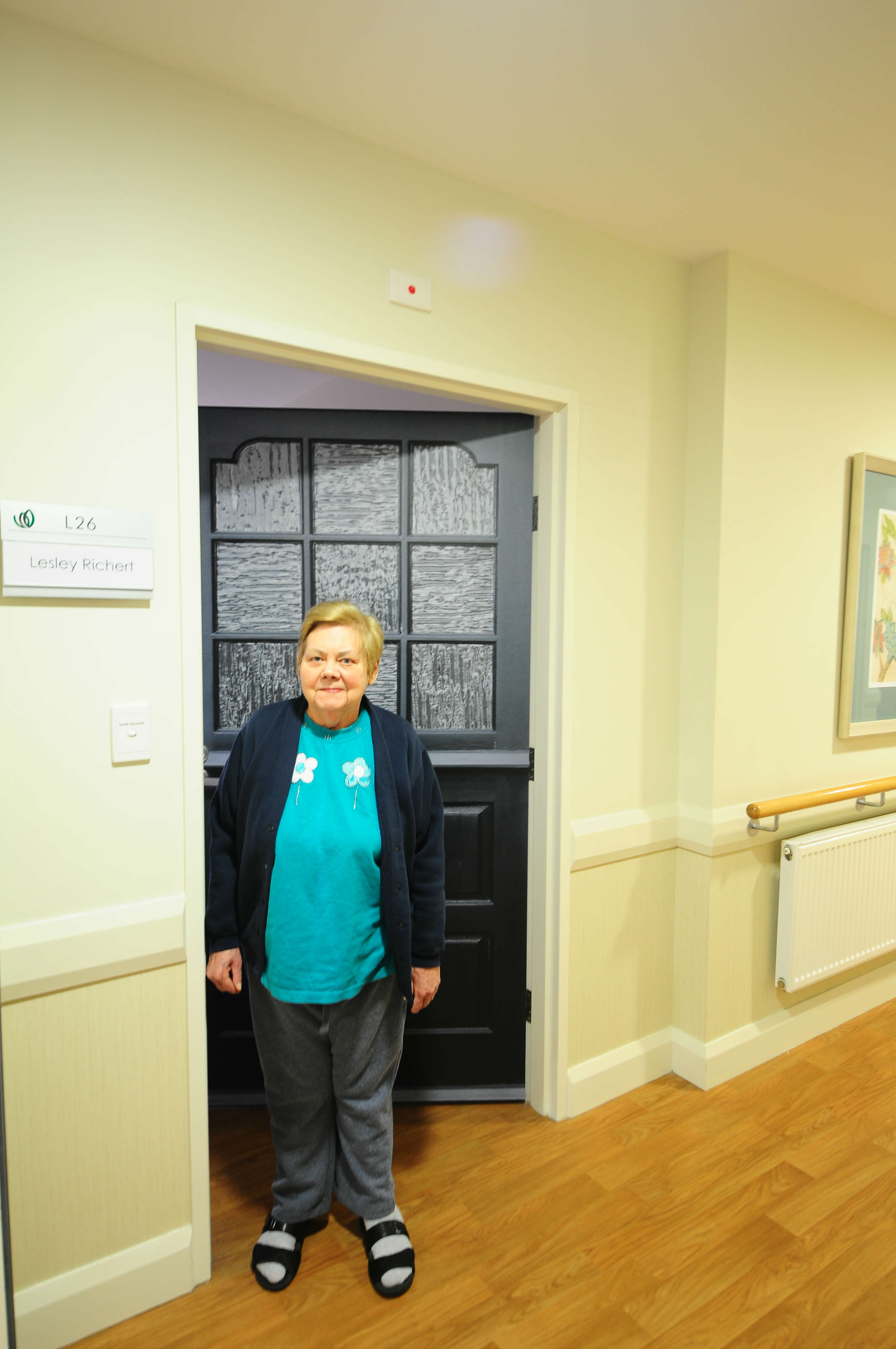
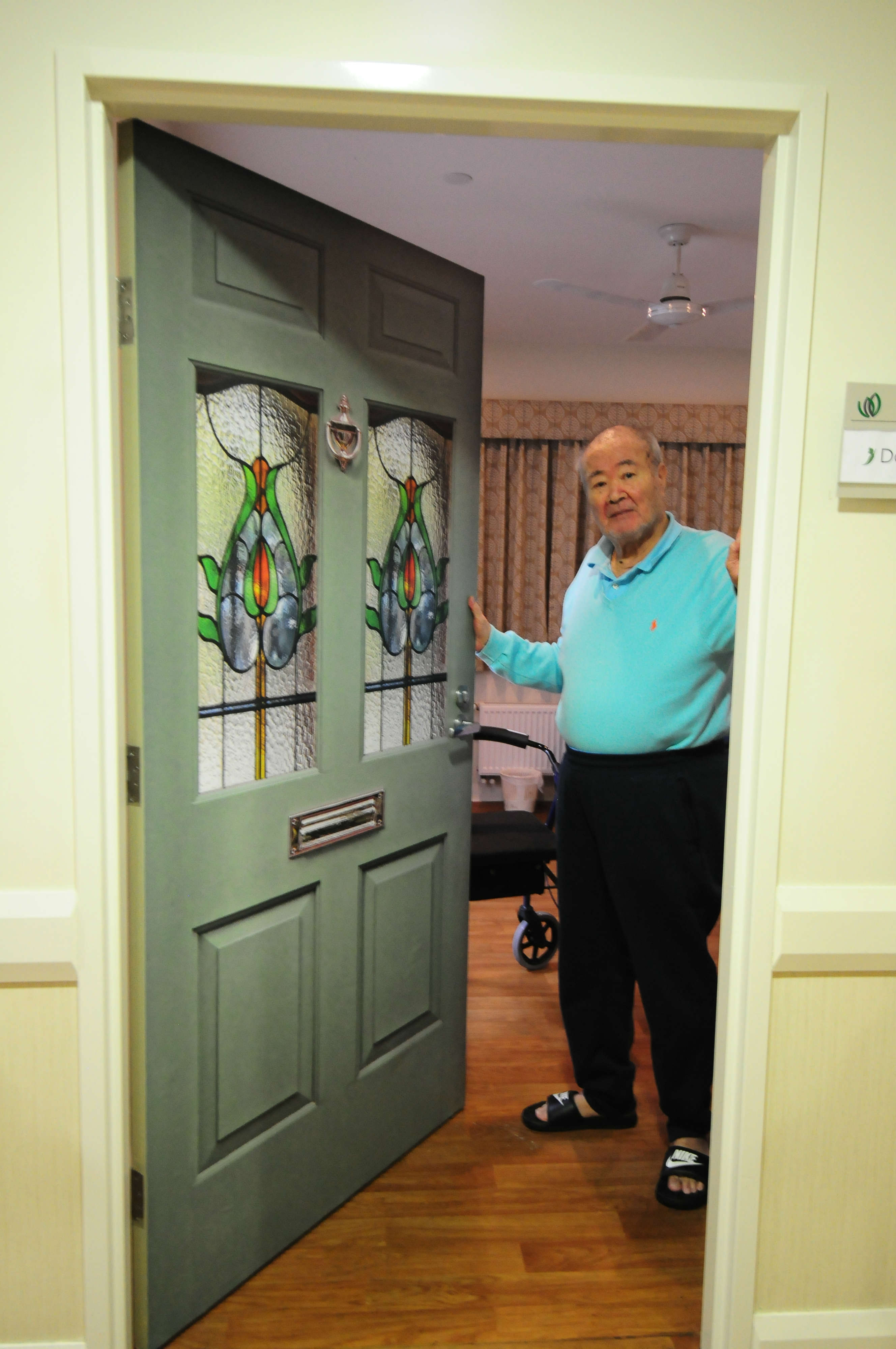
Transform impersonal hallways into neighborhoods with homes.
Help people to recognize and find their own doors. Increase privacy and sense of safety. Stimulate reminiscence and social interaction. Help elders feel at home, and energize staff with a beautiful workplace.
